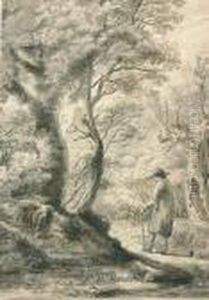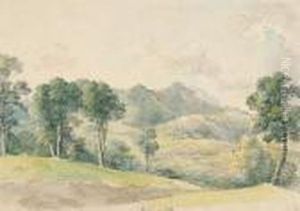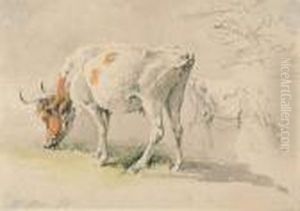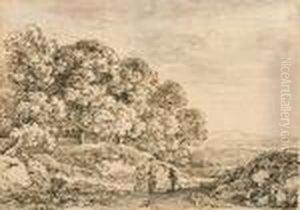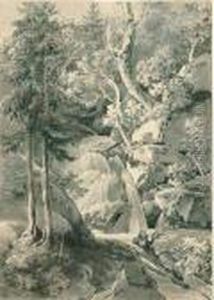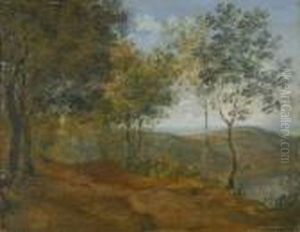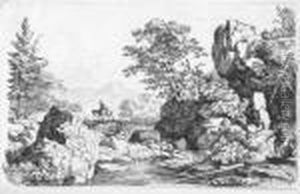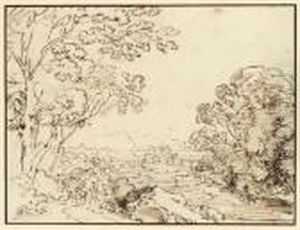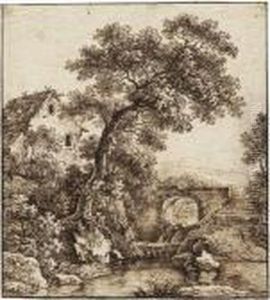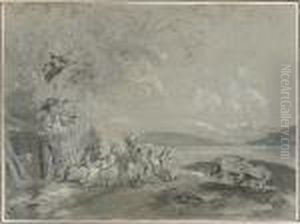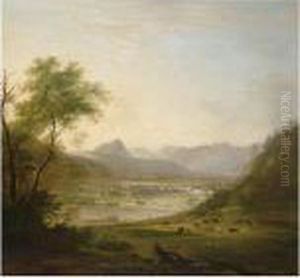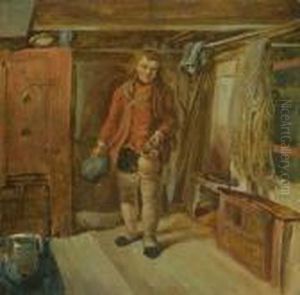Georg Maximilian Johann Von Dillis Paintings
Georg Maximilian Johann von Dillis was a German painter, draftsman, and art collector active during the late 18th and early 19th centuries. Born on December 26, 1759, in Gmain, a small village near Bad Aibling in Bavaria, he was part of a family with a strong artistic background. His father was the court gardener to the Elector of Bavaria, which provided Dillis an early exposure to the arts and the courtly milieu.
Dillis initially pursued a career in the church but soon turned his attention to art. He studied at the Mannheim Academy and later at the Academy of Fine Arts Munich. His early works were influenced by the landscapes of Dutch and Italian painters, which he studied through travels around Europe, funded by his patrons. Dillis's style evolved over time, and he eventually became known for his romantic landscapes, which were characterized by their atmospheric effects and sensitive rendering of natural light.
Apart from painting, Dillis was also a significant figure in the Bavarian court. In 1808, he was appointed the director of the court's gallery and art collections, a position he used to promote the arts in Bavaria. He played a crucial role in the development of the art scene in Munich, supporting young artists and building a substantial art collection that later became the foundation for the Alte Pinakothek, one of Munich's most famous art museums.
During his lifetime, Dillis was celebrated for his contributions to the arts both as a creator and as a custodian. His legacy includes not only his picturesque landscapes but also his impact on the preservation and promotion of art in Germany. Georg Dillis died on September 28, 1841, in Munich, leaving behind a rich body of work that continues to be appreciated by art historians and enthusiasts.











